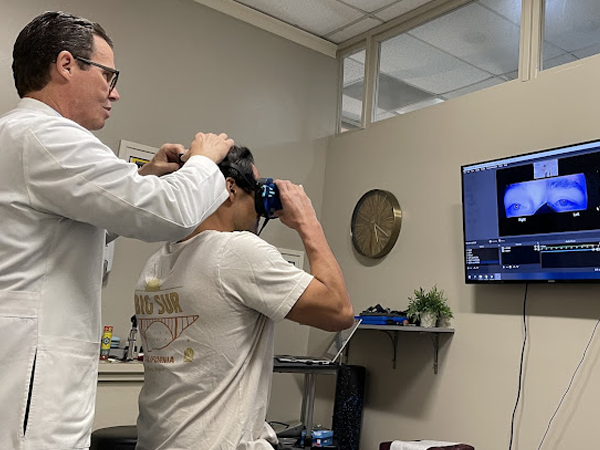
According to statistics, one in four households in the United States has someone with a migraine. If you are struggling with a migraine, you are not alone. You should know that there is a possible way you can experience relief. Neurofeedback is an effective therapy for treating migraines.
What Is a Migraine?
A migraine is a neurological disturbance that can manifest in various symptoms. It occurs through headaches of different intensities. Migraine headaches occur on one side or at the front of the head. They can last for as long as hours or days.
Migraine attacks are different for everyone. The frequencies differ from one individual to the other. Some patients experience them occasionally or regularly several times every week.
The cause of migraines remains unknown despite 15 percent of the population suffering from the attacks. Most researchers posit that amplified edginess of the cerebral cortex or changes in brain chemicals could be a cause.
Genetics also serves as a contributor to the occurrence of migraines. Some researchers attribute it to environmental, dietary, physical, and emotional triggers. Hormonal factors such as pregnancy, menstruation, and menopause also connect to migraines.
Migraine Symptoms
The most common symptom of a migraine is a headache. However, the headaches may differ from one person to another with the severity, frequency, and length of time it lasts. Another common sign of a migraine is a warning signal or an aura, which occurs before the migraine begins.
The alert can manifest as loss of consciousness, poor coordination, tingling sensation, or stiffness. The warning sign can also present as visual problems like blind spots, flashing lights, or zigzag patterns.
There are additional symptoms that can occur, varying with the degree and occurrence in different people, as follows:
- Nausea
- Feeling very cold or very hot
- Frequent urge to urinate
- Sweating
- Abdominal pain that may cause diarrhea
- Sensitivity to smells (osmophobia)
- Light sensitivity (photophobia)
- Sound sensitivity (phonophobia)
- Poor concentration
- Aura perception
- Vomiting
Migraine Treatment
Most people treat migraines using anti-inflammatory medication such as ibuprofen. They also use painkillers like paracetamol or antiemetics to ease nausea. However, they tend to be ineffective. You may risk getting more medication frequently.
Your doctor may also recommend lifestyle changes or the use of nutritional supplements. In some cases, you may have to undergo surgery when the migraines become too severe and frequent to control. But despite all the options, neurofeedback treats your migraine more effectively.
What Is Neurofeedback?
Neurofeedback is an alternative treatment that is proven to prevent migraines from occurring. The therapy provides real-time feedback on the activity in your brain. Subjects respond to the display of their brain waves and the electrical activities of their nervous system.
Neurofeedback and Migraines
The parasympathetic nervous system helps your body relax and slow down. The sympathetic nervous system prepares your body for fight or flight reactions. When you experience a migraine, your parasympathetic nervous system activity reduces. On the other hand, the sympathetic nervous system activity rises.
Essentially, neurofeedback makes a healthy pattern. It retrains your brain to respond better to triggers and stressors such as migraines. The new pathways improve the functions of the brain. As a result, you get to have fewer neurological imbalances and symptoms.
For more about neurofeedback, visit Bagnell Brain Center at our office in Pinecrest, Florida. You can call (305) 889-7488 today to schedule an appointment.






